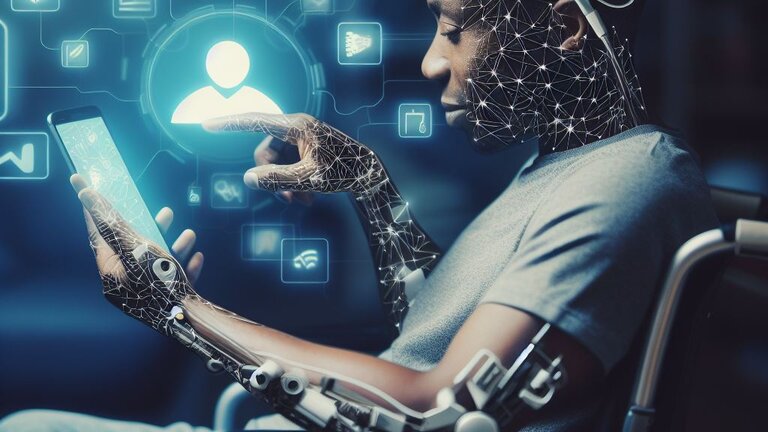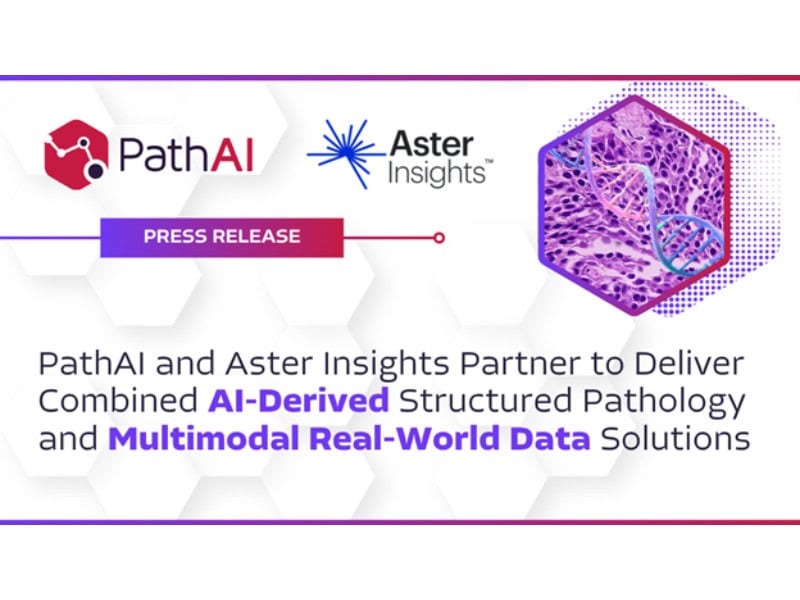
Revolutionizing Accessibility in Technology: Google AI’s Human I/O
In an era where technology is omnipresent, accessibility should never be an afterthought. Google AI has launched Human I/O, a groundbreaking framework that promises to transform how users interact with devices, particularly during challenging situations. This innovation seeks to address situationally induced impairments and disabilities (SIIDs), which are temporary barriers that can significantly hinder our communication with technology. Imagine navigating a bustling city street where honks, crowds, and flashing lights can make a simple texting task daunting. This is the reality many face daily.
 Innovative technology enhancing accessibility for all.
Innovative technology enhancing accessibility for all.
Traditional adaptive strategies have taken a one-size-fits-all approach, often leading to frustration. Solutions like hands-free devices or visual notifications for the hearing-impaired are helpful, but they can miss the mark across varied contexts. Google AI’s Human I/O redefines this approach by unifying egocentric vision, multimodal sensing, and large language model (LLM) reasoning to create a user-centric system capable of dynamically adapting to the environment at hand.
Understanding Human I/O: A Comprehensive Pipeline
At its core, Human I/O employs a sophisticated pipeline of data streaming, processing, and reasoning that empowers devices to better understand and respond to users. Capturing real-time data through cameras and microphones mounted on egocentric devices, the system provides an intricate snapshot of the user’s context. This setup might level the playing field for individuals who often find themselves wrestling with temporary impairments in their ability to use technology.
The process begins with the collection of first-person perspective video and audio data from the user’s environment. For example, if you’re in a noisy café trying to connect with a friend via voice command, the system processes environmental factors like sound levels and light conditions to gauge user input capabilities.
“Humans interact with technology in many unpredictable ways. Adaptive technology must learn the nuances of such interactions.”
– Google AI Research Team
Real-Time Adaptation and Enhanced User Experience
Through LLM reasoning, this framework interprets the processed data and predicts the availability of user input and output channels. This nuanced model goes beyond mere identification; it evaluates each channel based on four distinct levels: available, slightly affected, affected, and unavailable. Such a granular understanding allows for finely tuned responses, enhancing the user’s experience in real-time.
The results are promising—Human I/O boasts an impressive 82% accuracy in channel availability predictions. This robust performance speaks volumes about the potential of AI to make technology more intuitive and responsive to human needs. It is a leap toward creating an inclusive digital ecosystem that considers all users, especially those facing temporary challenges.
 Multimodal sensing technologies improving user interaction.
Multimodal sensing technologies improving user interaction.
The Broader Implications for Computing and Society
Moreover, the ramifications of such technology extend beyond mere convenience. For those with chronic disabilities or impairments, Human I/O could pave the way for more profound integration into society by refining communication modes. Picture a future where public spaces are equipped with multimodal interfaces that adapt seamlessly to an individual’s needs, promoting greater independence and participation.
As creators of technology, we must embrace our responsibility to build systems that accommodate diverse user scenarios. Human I/O represents a pivotal step in this direction, allowing us to reconsider how we design interfaces and interaction models. It is not just about enhanced user experience; it’s about crafting a world where technology stands as a supportive ally in overcoming life’s myriad challenges.
Ethical Considerations and Future Development
While the promise of Human I/O is bright, we must tread carefully. As we integrate more AI into our lives, issues surrounding privacy and ethical usage come to the fore. Ensuring that these systems protect user data while maintaining seamless functionality is paramount. The balance between personalization and privacy needs constant vigilance.
In conclusion, Google’s Human I/O is more than just an innovation; it is a vision for an adaptive future where technology acknowledges and caters to human imperfections and situations. With continuous evolution, this framework could serve as the linchpin for advancements in ubiquitous computing, ultimately fostering a world that is accessible to all. As those of us in the technological community look toward the future, we must champion innovations that cultivate inclusivity instead of division.
Let’s embrace these advancements, not only as technological marvels but as vital steps toward a more inclusive future. After all, every bit of effort to bridge the accessibility gap is an investment in a better world for everyone.














